Why getting B2G branding right in today’s contracting climate may dictate success or failure for years to come.
The beat of federal marketers has been a tad arrhythmic the past few months, as we seek to digest dramatic shifts in agency budgets, procurement and contracting, as well as reduced manpower. The old adage “nobody ever gets fired for buying IBM” has evolved in the current contracting climate to “explain why you bought IBM in the first place.”
And while the public face of DOGE may be moving on, its mandate endures through the Trump administration FYI 2026 budget proposal – which calls for expanding DOGE staffing by roughly two-thirds and more than doubling its budget. There are also few signs that hyper analysis of contracts with top revenue industry partners will ease. After targeting the top 10 consulting firms for contract cuts, GSA is now requesting justifications for services and pricing structures from 10 leading tech Value Added Resellers (VARs). Already this year, more than 11,000 contracts across 60 agencies have been nixed, totaling $33 billion.
All of these narratives were swirling on June 6th at FedPulse 2025: Turning Brand & Market Data into Competitive Advantage.

FedPulse is GovExec’s new brand and market intelligence platform designed to empower public sector marketers, business development, and sales leaders with real-time data and insights to drive smarter strategies and win market share.
Through a series of panels, CXOs, public sector unit leads and marketing executives from Intel, Dell, Carahsoft, SolarWinds, and GDIT discussed this tectonic shift in workforce dynamics – driven by an unprecedented shift in the public sector / administration “decision maker class” when it comes to contracting, procurement, and go-to-market strategies. The discussions were buoyed by new FedPulse data on Fed IT brand perception and what B2G marketing strategies resonate with agency customers AD (After DOGE) vs. BD (Before DOGE).
Props to GovExec for structuring one of the more insightful government marketing events I’ve attended when it comes to valuable market intelligence and panelists who were not just dispensing cookie-cutter insights and commentary, but instead offering blunt assessments on what it will take to succeed in the current environment.
Below are some data-driven takeaways from the event that public sector marketers and executives can consider as they navigate the contract landscape in 2025:
1. B2G Brands Must Re-Introduce Themselves To Decision Makers
FedPulse data shared by GovExec at the event affirms what government marketers already knew to be anecdotally true: Significant turnover amongst agency decision makers to those with fewer years of public sector experience and exposure to B2G brands. 44% of those surveyed have 10 years of experience or less as a government employee, down from 34% last year. This helps explain a four percentage point drop in those surveyed being “very familiar” with some of the top B2G brands included in FedPulse.
What does this mean for government marketers? As panelist Oliver Nutt, Vice President, Marketing and External Communications (U.S.) at GDIT shared, it becomes critical to re-introduce your brand to these new decision makers. They may know the name, but not fully grasp what you do and what you enable. Agencies are under massive pressure and they need to be able to communicate outcomes delivered, not just services you provide.
This is particularly urgent for these top consulting and services providers whose contracts are now under the microscope. Firms are being bucketed into general categories, and saying you do everything may not be the best path to preserve existing contracts and win new ones. Prioritization and differentiation must be communicated through clear branding, messaging, go-to-market and PR strategies.

Some prioritization opportunities are already emerging. During his 1×1 interview at the event, Craig Abod, President and Founder, Carahsoft, spoke of a “re-invigorated CMMC,” as DoD elevates security requirements for contractors and subcontractors – requirements such as CMMC compliance that may find their way into more contracts sooner rather than later.
2. Brands Must Re-Think How They Educate
Every B2G brand is now fully aware that decisions are being heavily driven by your ability to deliver operational efficiencies and cost reduction. These are now longer differentiator messages, but table stakes.
Abod outlined the stakes in even starker terms: Decision makers need to understand what would happen if the agency didn’t use your product or service. It’s not just re-introducing the brand, but you need to re-sell every deal. Because the question being asked isn’t “why should we buy your product/service” but “why did the agency buy it in the first place.”
How B2G brands must educate has changed. As referenced, agencies are buying outcomes so that impacts market messaging. Nutt added in later panel comments that it may not resonate to brand yourself as “the AI company” or “the digital transformation company.” If you are talking about digital transformation, connect it to specific use cases such as logistics to justify why these technologies matter.
For marketers, content assets such as case studies to show a track record of outcomes remain highly relevant, but it’s not an AI case study, or DT case study. The storytelling has to be outcome based with supporting data and compelling visuals.
The bottom line, as panelist Greg Clifton, General Manager – Defense & National Security Group, Intel added, is that you can’t assume agency decision makers know what you do. Educate yes, but there is a need to re-invent how you talk to customers. We make chips, great, but what emerging applications does this enable?
3. Non-Traditional Events & Networking Will Drive Deals
Relying exclusively on traditional marketing and branding channels will not get it done. This reality is a byproduct of where the new class of decision makers is consuming information and building relationships. Agency and industry events still hold value, but at the event GovExec CEO Tim Hartman discusses the fact that this is a relationship-driven Administration. B2G brands will need to engage in more advocacy and political events, and across all channels communicate how your solutions enable the agency – and political – mission.
4. Industry Collaboration
We spoke of a new contingent of agency decision makers; they are younger and many hail from silicon valley. Their worldview on technology development, adoption and implementation is driving a changing acquisition strategy. They don’t just want to acquire products and innovate piecemeal. More holistically, they want to build new technology stacks.
The Administration / DOGE message to vendors and contractors is clear, as Clifton detailed in his panel: You own a piece of our IT environment, but it is not in our best interests to try and go vendor by vendor in a siloed fashion. Instead, get together with other relevant vendors up and down the stack and give us an integrated strategy.
5. Your B2G Brand Must Stand Out, Not Fit In
A core Bluetext sweet spot is empowering government contractors and IT providers to re-shape an existing brand or re-brand to target government stakeholders and investors (PE firms, etc.). Whether that need is fueled by an acquisition, merger or pre-IPO planning, brand storytelling that pops raises enterprise value.
It’s why 82 of our clients have been acquired in the 24 months following a Bluetext engagement (see all the acquisitions here). We know how to build enterprise value across the B2G marketing stack – from branding, logo design, messaging & positioning, website design & development and naming to public relations, thought leadership, SEO, paid campaigns and social media.
One recent project involved Ricardo Defense, which needed to transition into a fully U.S.-owned company and reintroduce itself to government and commercial partners. It turned to Bluetext to lead a comprehensive rebranding effort. The result: Detroit Defense—a new name and identity that reflects the company’s proud roots in Michigan’s defense innovation corridor and its strategic focus on U.S. national security.

At the FedPulse event, GovExec CEO Tim Hartman underscored how critical 2025 will be for B2G marketers, suggesting the next several months may well determine your public sector business trajectory for the next several years. You have to get it right. Click here to find out why Bluetext is the right B2G marketing partner to meet this moment, or contact us today to start the conversation.
Trade shows have long been a staple of B2B marketing, offering brands a platform to showcase their innovations and connect with potential clients. However, standing out amidst a sea of booths and competing for attention requires a fresh, innovative approach. Interactive content is revolutionizing trade show marketing, providing immersive and engaging experiences that captivate audiences and leave lasting impressions.
Augmented Reality (AR) Experiences
AR has emerged as a game-changer at trade shows, enabling brands to transform their booths into interactive playgrounds. Whether it’s a virtual product demo, an interactive quiz, or an augmented walkthrough of your services, AR draws attendees in and keeps them engaged.
For example, automotive brands have used AR to let attendees visualize vehicles in their real-world environments, while medical technology companies have used AR to simulate complex procedures. By combining storytelling with technology, AR creates memorable experiences that attendees will talk about long after the event.
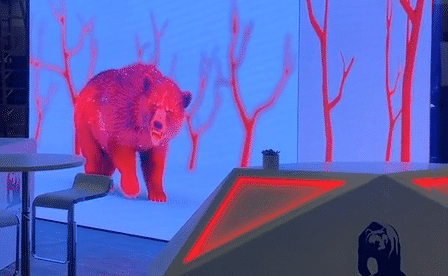
Real-Time Audience Engagement
Interactive polls, live Q&A sessions, and gamified experiences are effective tools for engaging audiences in real time. These activities not only draw visitors to your booth but also provide valuable insights into their interests and pain points.
Gamification, in particular, adds an element of fun and competition that resonates with attendees. For example, a simple spin-to-win game or trivia contest related to your brand can create buzz and attract a crowd. Social media integration, such as live streaming or event-specific hashtags, can amplify this engagement beyond the trade show floor.
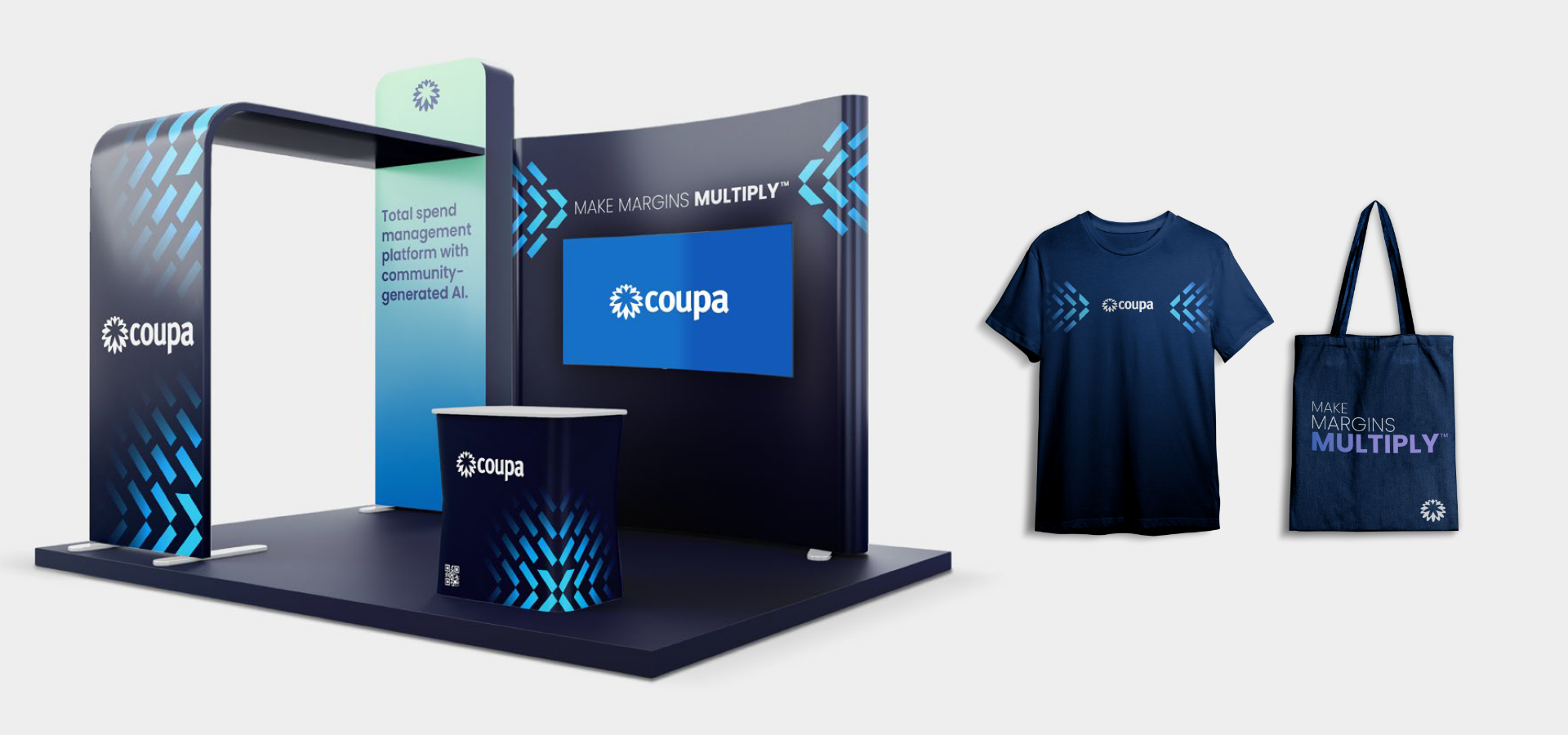
Interactive Screens and Touchpoints
Large touchscreens, tablets, and interactive kiosks offer visitors a hands-on way to explore your products or services. Whether it’s through self-guided presentations, videos, or product configurators, these tools put control in the attendee’s hands, making the experience more personal and impactful.
These tools also serve as a focal point for conversations. Sales teams can guide attendees through the experience while tailoring their pitch to specific interests, creating a more personalized and memorable interaction.
Data-Driven Lead Capture
Interactive content can seamlessly integrate with lead-capturing mechanisms. For example, AR experiences or games can encourage participants to provide their information in exchange for access to additional features or rewards. This approach makes lead generation feel less transactional and more like part of an engaging experience.
Beyond the trade show, the data collected can be used to personalize follow-up communications and nurture leads more effectively.

Post-Event Follow-Up with Content
The story doesn’t end when the trade show wraps up. Use the content and data gathered during the event to fuel post-event follow-ups. Send personalized thank-you messages, exclusive access to booth materials, or shareable content like photos and videos from your interactive activities. These touchpoints help keep your brand top of mind and reinforce the connections made during the event.
The Future of Trade Shows
Interactive content is no longer a nice-to-have—it’s a necessity for brands looking to differentiate themselves at trade shows. By embracing technologies like AR, fostering real-time engagement, and leveraging data insights, brands can create unforgettable experiences that drive meaningful connections and long-term value.
Want to elevate your trade show presence in 2025? Contact Bluetext today to learn how we can bring interactive content strategies to your next event and help you stand out from the crowd.
As government contractors and marketers navigate an increasingly competitive landscape, events like GAIN 2024 (Government Analytics, Insights, and Networking) are critical for staying ahead of industry trends. Bluetext is excited to be part of this year’s conference on October 17th, hosted by Government Executive Media Group. Whether you’re aiming to expand your knowledge, connect with key decision-makers, or discover cutting-edge strategies for engaging the government market, GAIN 2024 offers an unparalleled opportunity.
In this blog, we’ll take a closer look at what attendees can expect from the event, provide insights into the sessions that will be most beneficial, and offer advice on how to maximize your time at the conference. A particular highlight this year is a panel hosted by Bluetext’s very own Brian Lustig, which will explore the intersection of branding, PR, and contract success in the B2G space.
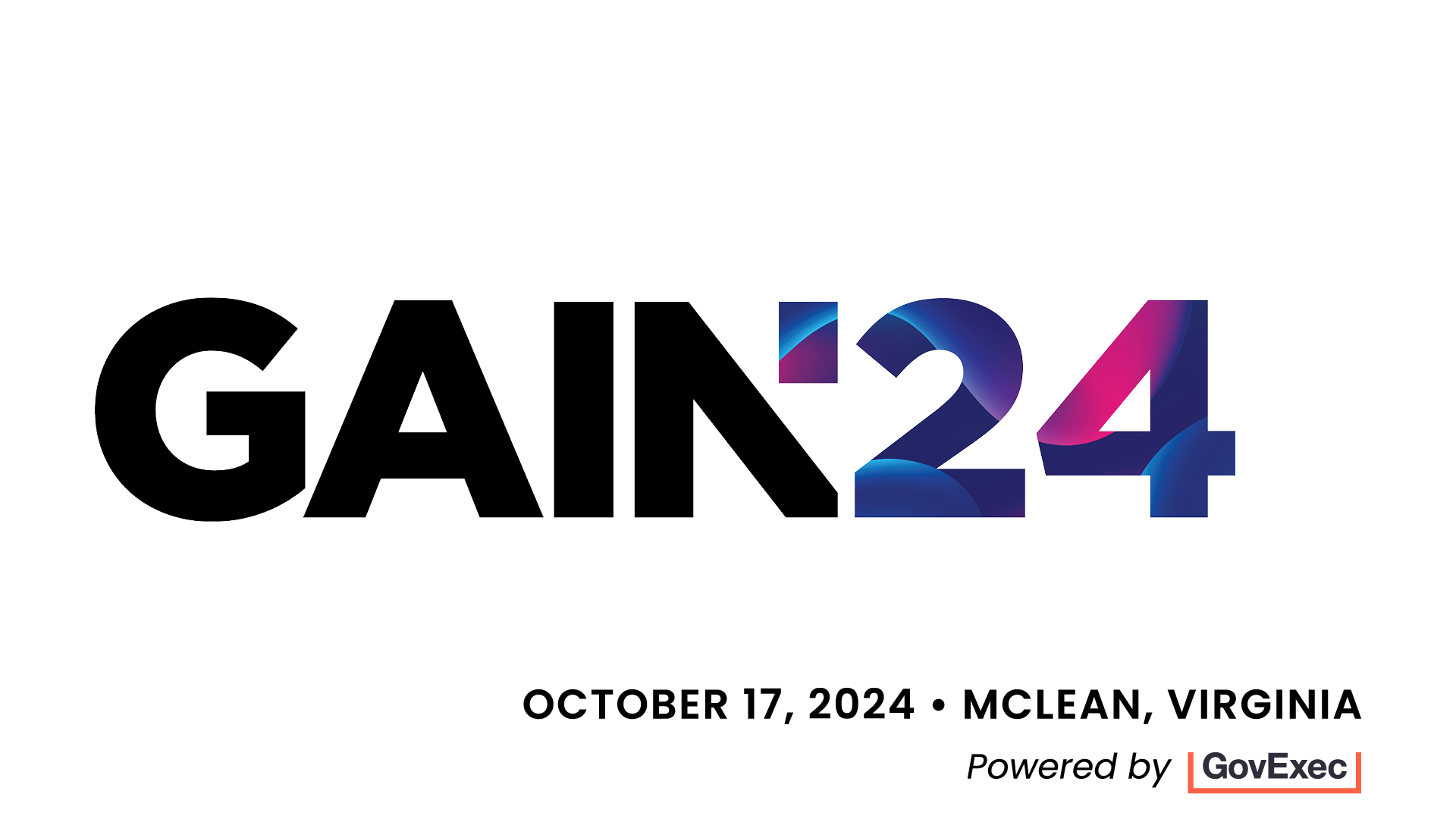
What to Expect at GAIN 2024
GAIN 2024 promises to deliver a dynamic lineup of presentations, workshops, and networking opportunities designed to help professionals in the business-to-government (B2G) sector stay informed on the latest trends and strategies. As a key event for marketing and government contracting professionals, it offers insights into everything from branding and marketing innovations to government procurement and contract pursuits.
Attendees can expect:
- Cutting-edge presentations on the latest marketing, branding, and PR trends specifically tailored to the government contracting space.
- Interactive sessions and workshops that allow attendees to engage directly with experts and peers on key topics like branding, contract marketing, and government relations.
- Networking opportunities with industry professionals, government representatives, and marketing leaders looking to innovate within the government market.
Each year, GAIN attracts hundreds of professionals who are eager to discover how the latest innovations in marketing and analytics can drive better government business results. With a packed agenda and high-profile speakers from leading government contractors and marketing agencies, attendees are bound to leave with actionable strategies they can implement in their own organizations.
Bluetext’s Key Panel: Blueprint for B2G Success
At this year’s conference, Bluetext’s head of public relations, Brian Lustig, will host a pivotal session titled “Blueprint for B2G Success: Branding & PR Strategies for Contract Pursuits.” Taking place at 1:50 pm EST, this session is designed for contractors and marketers looking to align their branding and public relations efforts with government contract cycles, helping to improve visibility and drive long-term growth.

Joining Brian on this panel are industry leaders including:
- Sunny Singh, Former President & CEO, Aeyon
- Scott Aukema, Vice President of Marketing, Sigma Defense
- Robin Vaitonis, Chief Operating Officer, Grafik
These panelists bring a wealth of experience in branding and marketing for the B2G space, and their insights will be invaluable for professionals looking to better position their organizations in the government contracting market.
This session will cover critical aspects of government-focused marketing, including:
- How to develop a unique and memorable brand in the crowded B2G marketplace
- Aligning PR efforts with contract and opportunity timelines to maximize your campaign’s impact and ensure it is strategically aligned with key contract milestones
- Leveraging Ideal Government Personas (IGPs) to better focus marketing efforts, ensuring resources are allocated toward the most promising government buyers
- The power of integrated brand awareness and demand-generation campaigns as force multipliers for growth
Throughout the session, real-world examples from companies like Aeyon, Sigma Defense, and Alion will illustrate how branding and PR can be leveraged to align with contract timelines and drive enterprise value creation. Attendees will leave with actionable takeaways on how to differentiate their brands in a crowded market, how to time PR efforts for maximum visibility, and how to build campaigns that effectively target and engage government buyers.
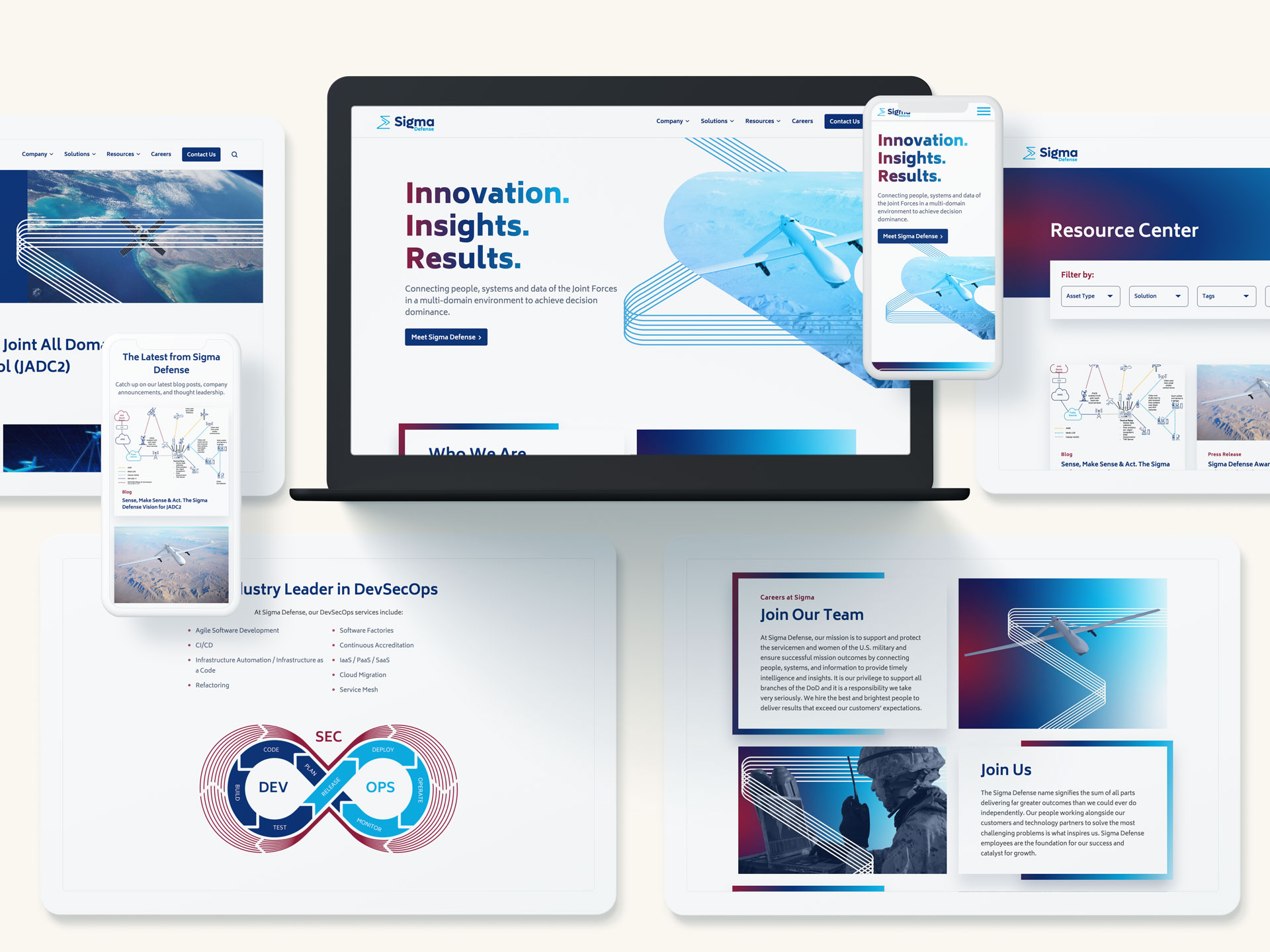
How to Maximize Your Time at GAIN 2024
With a packed schedule and so much valuable content, it’s important to plan ahead to make the most of your GAIN 2024 experience. Here are several tips to help you navigate the conference and ensure you leave with the insights and connections you need:
1. Plan Ahead: Prioritize Your Sessions
Review the agenda ahead of time to identify the sessions that will be most beneficial for your organization. Whether you’re focused on government contract strategies, marketing innovations, or PR alignment, GAIN 2024 has sessions tailored to various interests. Be sure to prioritize Bluetext’s panel on branding and PR strategies, as it will deliver insights specifically geared toward driving B2G contract success.
If you’re unsure where to start, consider the areas where your organization needs the most improvement. Are you struggling to differentiate your brand in a crowded market? Or perhaps you need more clarity on how to align PR efforts with contract timelines? Identify your gaps and select sessions that address those specific needs.
2. Take Full Advantage of Networking Opportunities
GAIN 2024 presents numerous opportunities to connect with industry leaders, peers, and potential clients. With many attendees and speakers from the government contracting world, the connections you make at this event could be the foundation for future partnerships.
Don’t limit your networking to just the formal events. Take the time to strike up conversations during breaks or after sessions. Whether you’re discussing a presentation, sharing insights, or simply chatting over coffee, these informal moments often lead to the most valuable connections.
3. Engage with Speakers and Panelists
GAIN 2024 features a lineup of high-profile speakers, including marketing and government relations experts. This is a unique opportunity to gain insights directly from those who have navigated the complexities of government marketing and contract pursuits.
After sessions like Bluetext’s panel, consider asking questions or following up with speakers. Engaging directly with experts can help clarify key points and provide deeper insights into how you can apply their strategies to your business. Make sure to attend Q&A sessions, which often provide added value beyond the formal presentations.
4. Visit the Exhibitors: Explore Innovations in B2G Marketing
GAIN 2024 will feature an exhibitor space where organizations can showcase the latest tools, technologies, and strategies for improving government marketing efforts. These booths are invaluable for discovering new technologies and solutions that can help streamline your organization’s efforts in the B2G space.
Make time to visit the exhibitors and explore new tools that can enhance your marketing, branding, or PR strategies. Whether it’s a new CRM designed for government contractors or cutting-edge analytics tools, this is a great opportunity to see what’s available and how it can support your organization’s goals.
5. Take Notes and Follow Up After the Event
With so much valuable content coming your way, it’s easy to feel overwhelmed. Be sure to take thorough notes during the sessions, capturing key takeaways that you can revisit and apply to your work. After the conference, set aside time to review these notes and identify the most actionable insights. Prioritize follow-up meetings and connections that can help you implement new strategies or technologies.
Additionally, don’t forget to follow up with contacts you made during the event. A simple email or LinkedIn message can go a long way in solidifying the connections you formed at GAIN 2024.
Conclusion
GAIN 2024 is shaping up to be a landmark event for professionals in the B2G sector, and Bluetext is proud to be part of this dynamic lineup. Whether you’re attending to sharpen your branding strategies, learn how to align PR efforts with government contract timelines, or simply network with industry peers, this conference offers invaluable opportunities to elevate your marketing efforts and drive success in the government space.
We look forward to seeing you at the event and encourage you to join us for Bluetext’s panel, “Blueprint for B2G Success: Branding & PR Strategies for Contract Pursuits”, at 1:50 pm EST on October 17th. Don’t miss the chance to gain actionable insights from industry leaders that can help you navigate the complexities of government contracting and position your brand for growth.
Want to see us at GAIN 2024? Let us know and we’ll be sure to follow up with you.
Even though the weather still feels like summer, now’s the perfect time for businesses to start developing their fall marketing strategies. For B2B companies, seasonal marketing is often underutilized, but it can offer a significant edge in building connections, driving engagement, and generating leads. As we transition into autumn, the season brings a host of opportunities for businesses to create timely, impactful campaigns that resonate with their audience.
At Bluetext, we know how powerful seasonal campaigns can be in the B2B world. From autumn-themed promotions to messaging aligned with the traditions of fall, companies that strategically plan their marketing initiatives around this season can stand out in a competitive marketplace.
1. Back-to-Business: Align with the Post-Summer Push
As we move out of the summer slowdown, many businesses are refocusing on year-end goals. This presents an ideal time to target decision-makers who are getting back into full swing. Position your services or products as tools to help companies finish the year strong. Consider launching Q4-specific campaigns that emphasize solutions for increased productivity, streamlining operations, or hitting revenue targets before the close of the fiscal year.
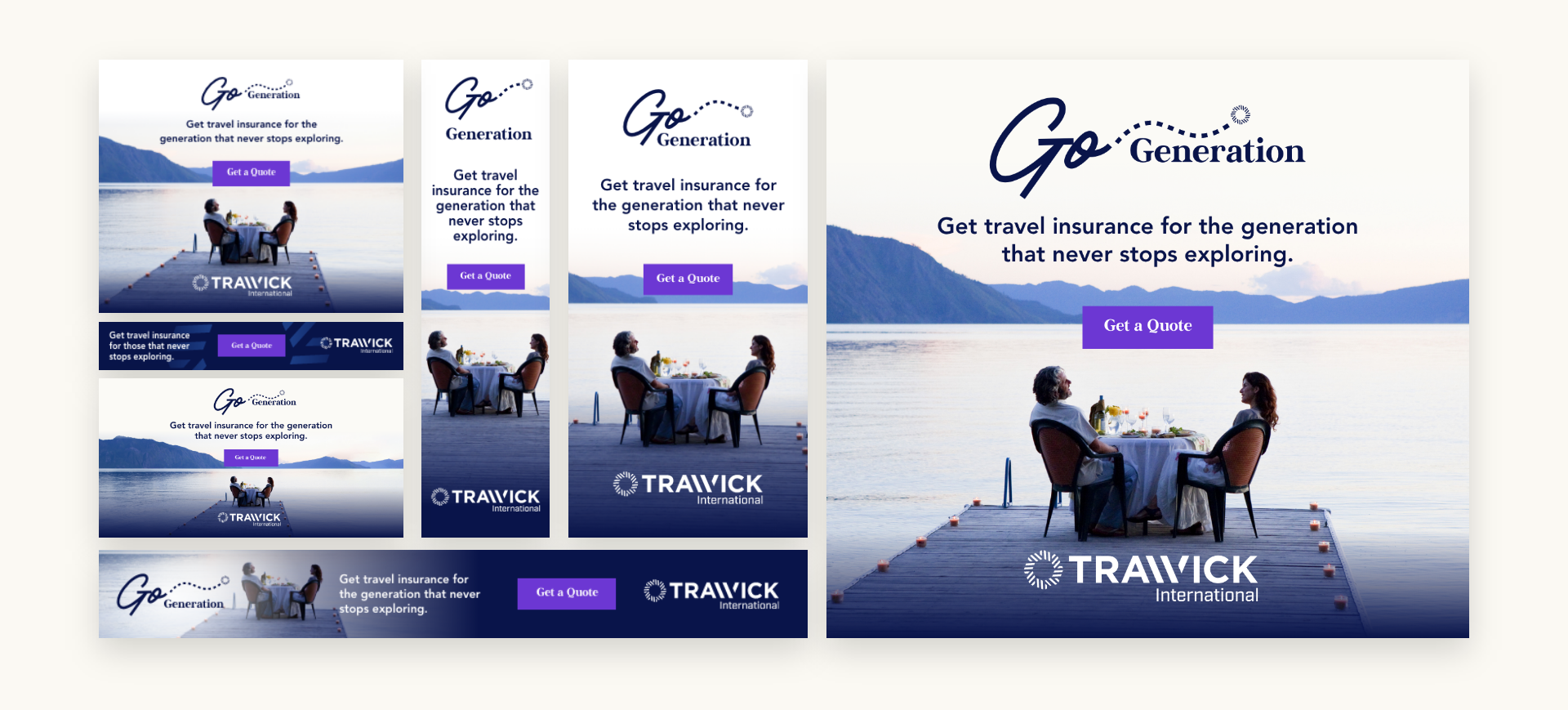
2. Leverage Fall Conferences and Trade Shows
Autumn is a key season for B2B events, including trade shows, conferences, and networking opportunities. Make sure your marketing aligns with the industry calendar. A targeted email campaign or social media strategy that ties your offerings to specific events can help you capture the attention of potential clients. You can also create fall-themed content for event collateral, such as white papers or case studies, that highlights your ability to meet the changing needs of businesses during this crucial period.
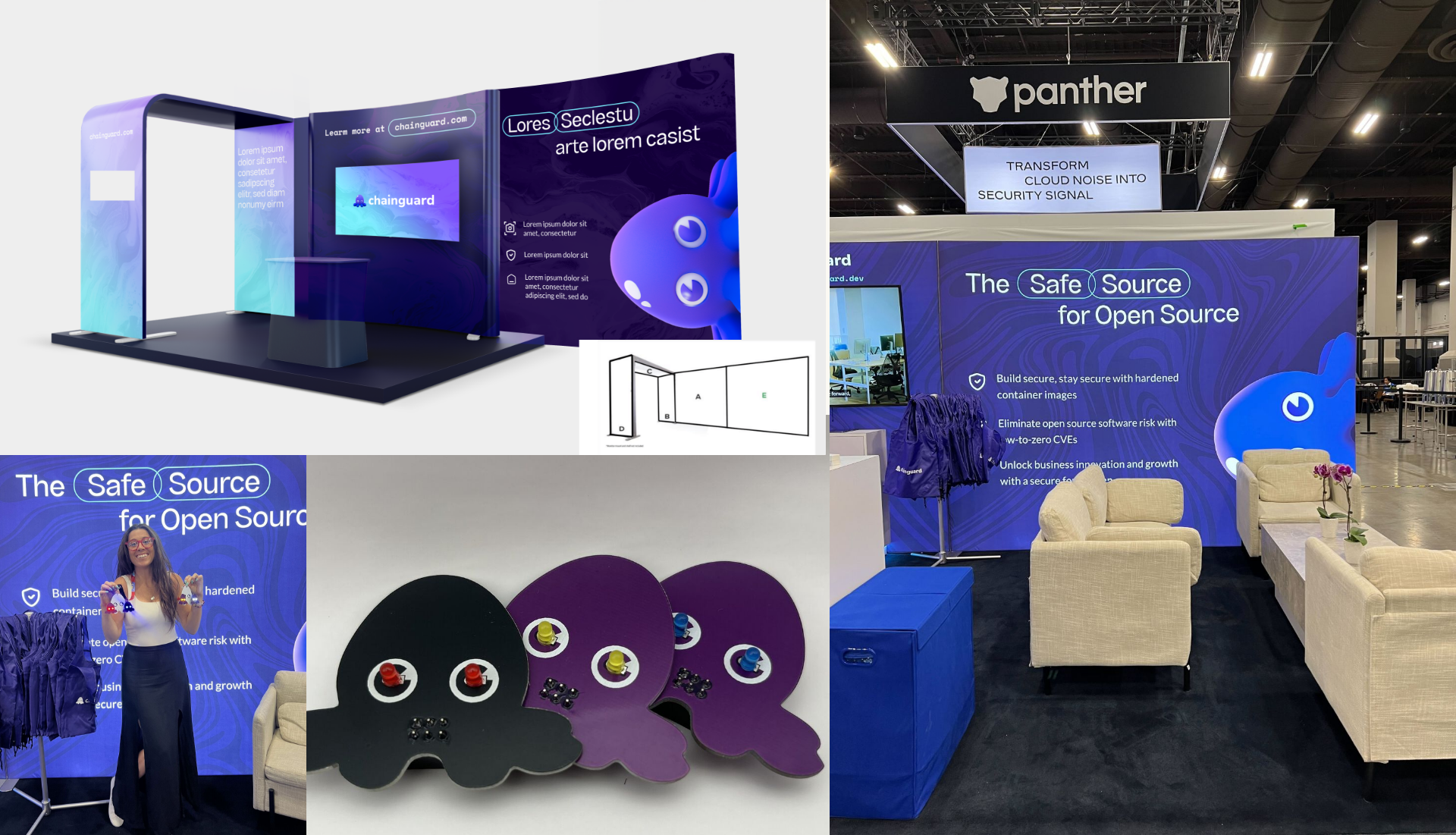
3. Seasonal Content that Engages and Educates
B2B buyers are often looking for informative, insightful content to guide their decisions. Align your thought leadership with fall trends by publishing articles, case studies, or webinars that focus on Q4 challenges and solutions. Highlight industry-specific insights that show how your business can help others adapt to seasonal shifts, budget reallocation, or end-of-year planning. For example, you could create content about optimizing operations ahead of the holiday rush or preparing for the following fiscal year.
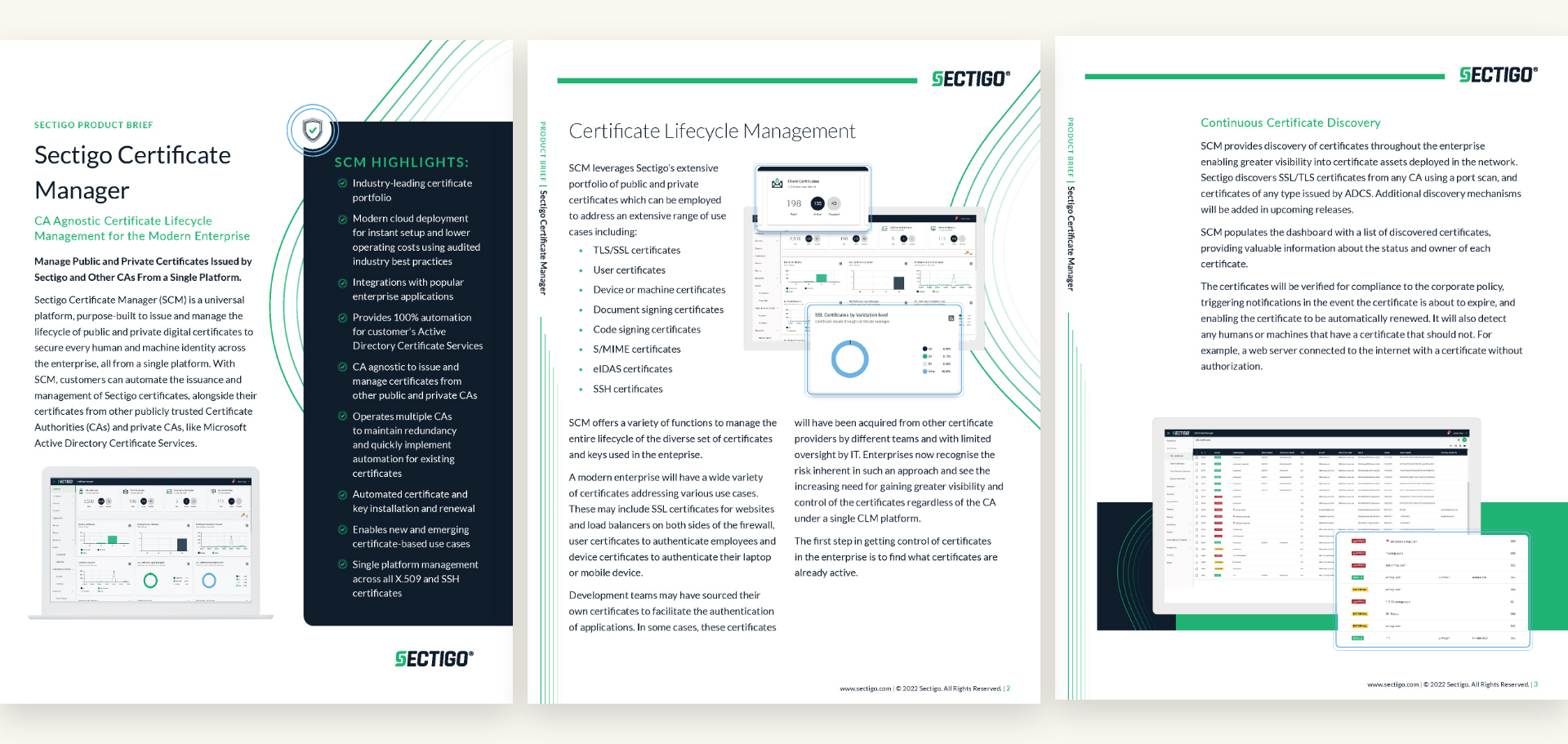
4. Harvest Opportunities: Focus on End-of-Year Business Needs
As fall signals the final quarter, many businesses are re-evaluating their budgets and making strategic purchases to close out the year. This is the perfect opportunity for B2B companies to promote services or products that address immediate needs. Consider offering limited-time pricing or service bundles that provide value before the year-end. Highlight how your solutions can help businesses tackle Q4 objectives, such as streamlining operations, achieving compliance, or meeting customer demands before the calendar flips.
5. Embrace Fall Traditions and Themes
While B2C brands often lean into seasonal aesthetics, B2B companies can also incorporate fall themes into their messaging. Subtle touches, such as incorporating fall colors, seasonal imagery, or metaphors about the harvest and growth, can make your campaigns more relatable and engaging. For instance, you could develop a campaign around “reaping the rewards” of your business solution or helping clients “gather insights” to fuel future growth.
As summer starts to wind down, it’s the perfect time to start planning your autumn-inspired marketing strategies. By leveraging fall themes, traditions, and the changing season, your brand can stay top of mind and create meaningful connections with your audience. Need help developing a fall campaign that drives engagement? Bluetext is here to help you navigate the season with creativity and success. Contact us today.
In the rapidly evolving landscape of event marketing, one concept is gaining unprecedented traction: hybrid experiences. As we navigate a post-pandemic world, combining physical and virtual elements in event planning has emerged as the key to expanding reach, enhancing engagement, and providing a more flexible experience for attendees. At Bluetext, we believe the future of event marketing lies in these hybrid experiences, and here’s why.
Expanding Reach Beyond Physical Boundaries
One of the most compelling advantages of hybrid events is their ability to transcend geographical limitations. Traditional in-person events often restrict attendance to those who can travel to the location, limiting the audience size and diversity. By integrating a virtual component, event organizers can reach a global audience, inviting participation from people who otherwise might not have been able to attend.
This expanded reach doesn’t just increase numbers; it enriches the event with diverse perspectives and insights. Imagine a conference where experts from around the world can share their knowledge without the constraints of travel. This global participation can significantly elevate the quality of discussions and interactions, making the event more valuable for all attendees.
Enhancing Engagement Through Multi Channel Interaction
Hybrid events offer a unique opportunity to engage attendees through multiple channels, creating a more immersive and interactive experience. Physical attendees can enjoy the tactile and social benefits of in-person interactions, while virtual attendees can participate through live chats, Q&A sessions, and interactive polls.
Moreover, the integration of digital tools enables real-time feedback and data collection, allowing organizers to tailor the experience dynamically. For instance, a speaker can adjust their presentation based on immediate audience reactions, or event hosts can identify popular topics and adjust programming accordingly. This level of engagement is unparalleled in traditional event formats and is a significant driver of attendee satisfaction.
Flexibility and Convenience for Attendees
The hybrid model offers unmatched flexibility, catering to a wide range of attendee preferences and schedules. Those who prefer the energy and networking opportunities of an in-person event can attend physically, while those with time or travel constraints can participate virtually. This flexibility ensures that no one has to miss out due to logistical challenges.
Additionally, hybrid events can provide on-demand content, allowing attendees to revisit sessions they found particularly valuable or catch up on ones they missed. This accessibility enhances the overall event experience and ensures that the content has a longer lifespan and a broader impact.
Cost-Effectiveness and Sustainability
From an organizational perspective, hybrid events can be more cost-effective and sustainable. While there are costs associated with both physical and virtual components, the potential for a larger audience can lead to higher revenue opportunities through ticket sales, sponsorships, and partnerships.
Furthermore, by reducing the need for extensive travel and large physical venues, hybrid events can significantly lower the environmental impact. This sustainability factor is increasingly important to attendees and stakeholders alike, reflecting a growing trend towards eco-conscious event planning.
The Future is Hybrid
As we look to the future, it’s clear that hybrid events are not just a temporary solution but a lasting evolution in event marketing. The combination of physical and virtual experiences offers a comprehensive approach that meets the diverse needs of modern audiences, providing unparalleled reach, engagement, flexibility, and sustainability.
At Bluetext, we’re excited to help our clients navigate this new landscape and leverage the power of hybrid experiences. Whether you’re planning a conference, trade show, or corporate event, our expertise in creating seamless, integrated events can help you achieve your goals and connect with your audience like never before.
In embracing hybrid events, we are not just adapting to change; we are shaping the future of event marketing. Join us on this journey and discover how hybrid experiences can transform your next event into an unforgettable success.
Ready to elevate your event marketing strategy? Contact Bluetext today and let’s create a hybrid experience that will leave a lasting impact.
In today’s digital age, cybersecurity has become an increasingly critical concern for businesses of all sizes. With the constant evolution of cyber threats, staying informed about the latest trends, technologies, and best practices is paramount. Thankfully, the cybersecurity community offers a plethora of events where professionals can gather to share knowledge, network, and explore innovative solutions. In this blog post, we’ll highlight some upcoming cybersecurity events in 2024 that companies should consider attending and provide insights into maximizing brand awareness opportunities through strategic marketing approaches.
Must-Attend Cybersecurity Events in 2024
- RSA Conference
- Date: May 6-9, 2024
Known as one of the largest and most influential cybersecurity events globally, the RSA Conference gathers thousands of cybersecurity professionals, industry experts, and thought leaders under one roof. Attendees can participate in educational sessions, hands-on workshops, and networking events. To sign up for the RSA Conference, visit their official website and register for the event.
- Date: May 6-9, 2024
- Black Hat USA
- Date: August 3-8, 2024
Black Hat USA is a premier event for the cybersecurity community, focusing on the latest in information security research, development, and trends. The conference features briefings, trainings, and a bustling business hall where companies showcase their products and services. Registration for Black Hat USA can be done through their website, offering various pass options to suit different needs.
- Date: August 3-8, 2024
- DEF CON
- Date: August 8-11, 2024
DEF CON is an iconic cybersecurity conference known for its hacker culture and emphasis on hands-on learning. It features diverse content ranging from cutting-edge research to cybersecurity challenges and competitions. Companies looking to engage with the hacker community and showcase their expertise can explore sponsorship opportunities available on DEF CON’s website.
- Date: August 8-11, 2024
- Cyber Security Summit Series
- Date: Various dates and locations throughout 2024
The Cyber Security Summit Series hosts events across major cities, providing a platform for cybersecurity professionals to discuss emerging threats and solutions. These regional summits offer valuable networking opportunities and practical insights tailored to local cybersecurity landscapes. Interested companies can find event details and registration information on the Cyber Security Summit Series website.
- Date: Various dates and locations throughout 2024
Maximizing Brand Awareness Opportunities
Attending cybersecurity events presents an excellent opportunity for companies to enhance their brand awareness and establish thought leadership within the industry. Here are some strategies to consider:
- Sponsorship and Exhibiting: Investing in sponsorship packages or setting up exhibition booths can significantly amplify brand visibility. Companies can customize their presence with branded materials, demos, and interactive experiences to engage attendees.
- Speaking Engagements: Securing speaking opportunities allows companies to showcase their expertise and insights to a captive audience. Whether through keynote presentations, panel discussions, or technical talks, speaking engagements can position individuals as thought leaders and elevate brand credibility.
- Networking and Relationship Building: Encourage team members to actively network with attendees, industry peers, and potential clients. Meaningful interactions can lead to valuable partnerships, collaborations, and business opportunities down the line.
- Content Marketing: Leverage event participation to generate valuable content such as blog posts, whitepapers, or video recaps. Sharing key takeaways, trends, and insights from the event demonstrates thought leadership and keeps the audience engaged beyond the conference.
- Social Media Engagement: Utilize social media platforms to amplify event presence before, during, and after the conference. Live tweeting, posting photos, and sharing updates can extend reach, foster engagement, and drive traffic to company profiles and websites.
In conclusion, cybersecurity events offer a wealth of opportunities for companies to stay abreast of industry developments, connect with peers, and showcase their brand. By strategically planning participation and leveraging various marketing tactics, businesses can maximize their presence, foster meaningful connections, and solidify their position as leaders in the ever-evolving cybersecurity landscape.
Looking to maximize your attendance at any of this year’s events? Contact us to learn how we can help.
AUSA 2023 is just around the corner! AUSA’s Annual Meeting offers a unique opportunity to network with other defense contractors and military personnel, gain insights into the Army’s priorities heading into the following year, and stay updated on industry trends. Here is your guide to making the most of your AUSA experience:
-
Set Clear Goals:
Before attending the conference, define your objectives. Are you looking for new partnerships, seeking the latest information on military technology, or showing off the capabilities of your organization? Having clear goals will help you tailor your conference experience accordingly. Research the agenda and create a schedule that aligns with your goals. Identify key speakers, panels, and exhibitors you want to visit. The Exhibitor’s Hall can be overwhelming, so make sure you review the map before you go and plan which booths you would like to see and who you would like to speak with.
-
Network with Purpose:
Networking is one of the main reasons people attend conferences. Don’t just collect business cards; engage in meaningful conversations. Prepare an elevator pitch that clearly conveys your company’s capabilities and what you’re looking for. After the conference, don’t let the connections you’ve made go cold. Send follow-up emails or connect on LinkedIn to express interest in further collaborations or partnerships. Don’t forget to personalize your messages to remind the person of your conversation.
-
Get Tickets to a Social Event:
There are several events hosted by AUSA that are outside the conference agenda that you can purchase tickets to. These events are less formal ways to meet people in the industry and many of the events include food and live entertainment. You can purchase tickets on-site at the convention center the day of the event and AUSA members get a discount.
-
Leverage Your Company’s Social Media:
Ensure that you and your organization follow AUSA’s official social media accounts and use the hashtag #AUSA2023. Share your thoughts, engage with other attendees, and stay updated on any last-minute changes or additions to the program. If you are exhibiting, make sure your organization posts a picture of your booth and your booth number so other attendees know where to find you.
-
Download the AUSA App:
You can create a personalized schedule for your conference experience and view the convention center map when you download the AUSA app. There are a few networking features that have been added this year to help you expand your professional network.
-
Know the Area Around the Convention Center:
The Walter E. Washington Convention Center is located next to Mt. Vernon Square in DC. For a convenient coffee break or informal meeting, check out Compass Coffee or Unconventional Diner. For a quick lunch, check out Pearl’s Bagels, Shouk, or Wise Guys Pizza.
-
Start Planning For Next Year:
It is never too early to start thinking about 2024! If you are thinking about having a booth at AUSA next year, ensure that your organization’s brand stands apart from your competition. Your booth is your battlefield, and a well-designed booth can attract and engage visitors effectively. While you are walking through the Exhibition Hall, take note of the booths that you like and which booths you do not like. The best trade show booths have a simple layout, are accessible to attendees, and probably entice visitors with swag. You may want to incorporate interactive elements like touchscreen displays or virtual reality experiences to engage attendees. These experiences can also be an effective start to a lead nurture campaign for your organization with the right post-event strategy and follow-up.
Attending AUSA can be a catalyst for growth for your company. By setting clear goals, networking effectively, and staying engaged in the industry, you’ll not only make the most out of the event but also position your business for long-term success in the defense and government contracting space.
Launching your new or revitalized brand is the most important stage of the rebranding process. You’ve done all the hard work at this point, determining the right look and feel, message, and character for your brand. The crucial next step is to announce yourself to the world, both from an internal and external point of view. In today’s blog post, we’ll cover how to launch your new brand into the market and how to ensure your employees are ready to be your top brand ambassadors.
1. Brand Launches are Non-Linear in the Rebranding Process. Prepare Ahead of Time.
Preparation is the key to success. Without it, you run the risk of reducing the impact of your brand launch. You only get one shot at this so be sure to make the most of it. Begin ideating on how and when to launch your new brand at the start of your rebranding process. You’ll want to have a clear sense of the rationale behind the rebrand and how it impacts the broader narrative you want to communicate to the market. This foundation creates meaning and purpose, giving you a chance to engage with your existing customers and create new ones.
If you wait too long to start planning your brand launch, you risk confusing the market and your employees, leading to increased turnover and a decrease in market share. Be intentional and calculated as you determine the best course of action.
2. Increase Your Market Impact By Properly Determining Your Market
A successful brand launch reaches all notable audiences including both internal and external stakeholders. You’ll want to think strategically about your key audiences and prioritize your brand launch activities accordingly. For example, you may want to provide your high-value clients, key partners, and investors with a personalized introduction to your new brand. Making sure you create a positive trustworthy impression with your key audiences will increase the impact of your launch and the chance of success.
3. Communicate Efficiently, Communicate Effectively
The narrative you bring to the market for your brand launch is the most important aspect of the entire undertaking. Document your communication plan via a spreadsheet to ensure your tactics are on track from a timing and budget standpoint. Think through the most effective channels you can use to communicate the launch of your new brand to your key audiences.
Tactics can and should include: emails teasing the new brand, a pre-launch event for your most strategic audiences, and a landing page for people to visit to understand how the rebrand affects them in the short and long term. An effective communications strategy prepares your customers and investors for what’s to come and creates buzz around the new brand.
Think through a phased approach to your brand launch, utilizing a variety of tactics and channels to create the biggest impression. We’ve said it once and we’ll say it again: you only get one shot at this. Make it count.
When in partnership with Arlington Capital Partners, we launched Centauri. Our team developed and executed an integrated go-to-market strategy including PR, digital advertising, and social media. A key component of this campaign was a series of emails teasing the new logo, message, and brand into the market.

4. Saying Sayonara to Your Old Legacy Brand
While it may be hard to let go of the past and the brand assets that got you to this stage in your company’s lifecycle, you made the decision to rebrand and enter a new phase of growth. Migrating your brand from the old to the new creates consistency in your overarching brand narrative.
Create a brand migration list of all of the places your old brand is visible from both an internal and external view. Your website, building signage, virtual backgrounds, mugs, business cards, ad campaigns, etc. should all be added to the list of touchpoints. Determine what it will take to update each asset and work backward from the items that will take the longest to finalize. Ensuring each of these touchpoints is taken care of prior to your brand launch means minimizing confusion for your key audiences and the market at large.
5. The Key to a Successful Rebrand is Getting Your Internal Stakeholders Onboard
In many senses, your employees are your brand’s most important ambassadors. Getting them to embrace the changes and preach the narrative you’ve created with authenticity will ensure a smoother transition from the old to the new brand. Educate your staff on the brand’s mission, vision, and core values, articulating the direction of the new brand. Provide your employees with your updated brand guidelines, outlining how your brand should look in white papers, PowerPoints, data sheets, etc. Outfit your team in branded swag to make them feel like part of the team and drum up excitement ahead of the brand launch. Your people are your greatest asset; use them to their full potential and reap the benefits.
When ARKA came to Bluetext following a merger, they needed new messaging, brand creative, website design, and a brand launch program to unite the legacy companies. As part of the brand launch, our team implemented a full brand ambassador program, email announcements, a central inventory of brand assets, and FAQs. To get employees excited and geared with new brand creative, a ‘Welcome to the Brand’ kit was designed and coordinated to arrive with the announcement of the new logo & brand.
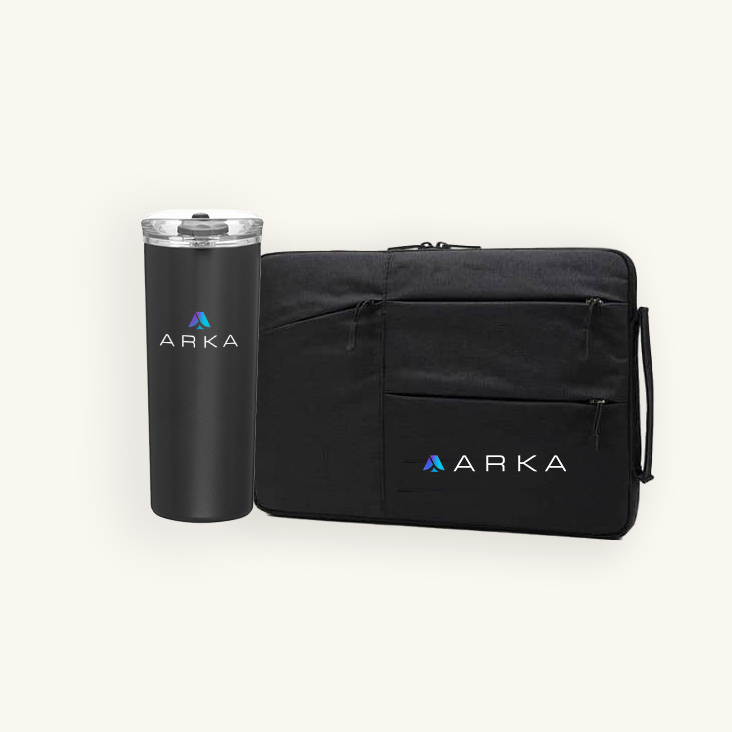
6. Launching Your Brand Externally – Patience is Key
The most important thing to remember for any external brand launch is to be patient. It’s an exciting time; pressure is high and the fruits of your labor over the last few months are about to be realized. Just remember, patience is required to achieve maximum impact, and timing is everything. Coordination is an integral component of your brand launch, ensuring everything launches without a hitch, and no one accidentally jumps the gun by updating their LinkedIn header with a graphic featuring your new logo. Using your brand migration list, execute accordingly, launching your new website, updating social media assets, and distributing press releases. Many brand launches culminate in a public event, where you unveil your new logo, mission, core values, etc.
Following a series of mergers and acquisitions, BigBear.ai came to Bluetext with the goal of creating a new unified brand identity, revamped external messaging, and strategic public relations that would help them stand out in the crowded AI space. As part of the external brand launch, our team designed a jaw-dropping trade show booth experience that brought the spirit of the BigBear.ai brand to life with a 3D video wall. It had event attendees stopping in their tracks.

7. Your Brand Launch is Just the Beginning
You did it! Your brand is officially in the market. While you may have thought this day would never come and it feels like you just crossed the finish line, remember that launching your brand is only the start of the journey. Keep tabs on all ongoing brand development and ensure that any new materials stay within your outlined brand guidelines. Consistency is king and has the power to make or break your new brand. Remember, a brand is a living, breathing organism that requires constant upkeep and preening. Conduct regular brand audits to ensure your brand is working for you and not the other way around.
Is your brand ready for a refresh? Contact us today at Bluetext to learn more about our rebranding services. We work with premier private equity companies, launching updated brands for newly merged or acquired companies into the market and generating massive successes.
The XXIV Olympic Winter Games have come and gone, in what felt like the blink of an eye. Even though the Games span only two weeks following the Opening Ceremony, there are years—and sometimes decades—put into their planning. A key piece of that planning is setting the visual identity of the Games, which is no small task. We all know the iconic five-ring emblem that symbolizes the union of international athletes, but each host city gets the opportunity to create its own unique logo. Olympic logos of the past have varied widely in color, type, and style, and each new logo is put to the test to tell a story not only about an Olympic season but about the host country itself.
A quick glance at all the different Olympic logos of the past makes it clear that there’s no clear-cut formula for an Olympic Games’ brand system (except the inclusion of the Olympic rings, according to the Olympic Charter). We’re going to take a look at the Olympic logos of yore and dissect our favorites and not-so-favorites through superlative-style judgment.
Best Abstract Use of the Olympic Rings — Atlanta 1996
Incorporating the Olympic rings is a requisite part of all Olympic logos, but that might get a little repetitive after over 50 Games. We appreciate the Atlanta 1996 logo’s integration of the rings with the column—the mark hints at the Olympics’ Grecian beginnings, the Olympic torch, and even manages to squeeze in the number ‘100,’ celebrating the centennial of the games.

Best Direct Use of the Olympic Rings — Innsbruck 1964
There’s something to be said for a simple, classic logomark like the Innsbruck 1964 logo. Using the coat of arms of the City of Innsbruck as a starting point, this logo features the rings prominently and uses an elegant typeface for the host city and year. We can’t think of a more classic, straightforward Olympic logo.
Best Out-of-the-Box Typeface — Rio de Janeiro 2016
The logo for the 2016 Rio de Janeiro Games feels like a celebration, exactly as its designers intended. This mark took inspiration from Carnival and uses organic forms and lettering to convey the energy of both Rio and the Olympic Games. This approach brilliantly tells a story while standing out from the crowd.

Best Out-of-the-Box Color — Sarajevo 1984
Working with the Olympic rings may feel constricting color-wise since there are already five colors to contend within a design. That didn’t stop the designers of the Sarajevo 1984 logo, who washed the whole logo in orange for the primary mark. This approach is particularly interesting because the logo was permitted to appear in any color so long as the entire mark appeared in a single color.
We’d be remiss to close this category without giving a nod to the London 2012 logo which, while controversial, was striking in its use of hot pink. They can’t all be winners, but we appreciate the bold approach.
Best Use of a Human Figure — Nagano 1998
In the Nagano 1998 logo, seven abstract human forms make up the petals of a flower, nicknamed the Snowflower. We like this mark not only because it defied expectations for a snowflake or other wintery symbol, but because it was the starting point of an environmentally-focused Olympic identity.
Best Minimal Logo — Tokyo 1964
Stunning in its simplicity and symbolism, the Tokyo 1964 logo is heralded as one of the all-time greats in Olympic logos. With the Olympic rings set in gold beneath a version of the Japanese national flag, this mark features traditional Japanese colors signifying peace and prosperity. Despite its minimalism, this logo manages to acknowledge the host country, the traditional Olympic identity, and the moral foundation of the Games.

Best Maximal Logo — Rome 1960
Poised between two relatively simple Olympic identities (Squaw Valley 1960 and Innsbruck 1964), this maximalist logo was an obvious pick in this category. In a departure from ‘60s graphic design trends, this mark harkens back to classical Roman motifs and styling. While it may not be everyone’s cup of tea, we admire the dedication to national legend.
Best in Show: Summer — Mexico 1968
Our winner for Summer Games logos has to be Mexico 1968. Not only does the logo incorporate the rings creatively, but it’s also reminiscent of athletic uniforms and traditional Huichol art. This mark is the basis of a fascinating brand identity—for starters, the official Olympic poster looks like album art. Sure, this logo may be a little busy, but what it lacks in refinement, it makes up for in energy.
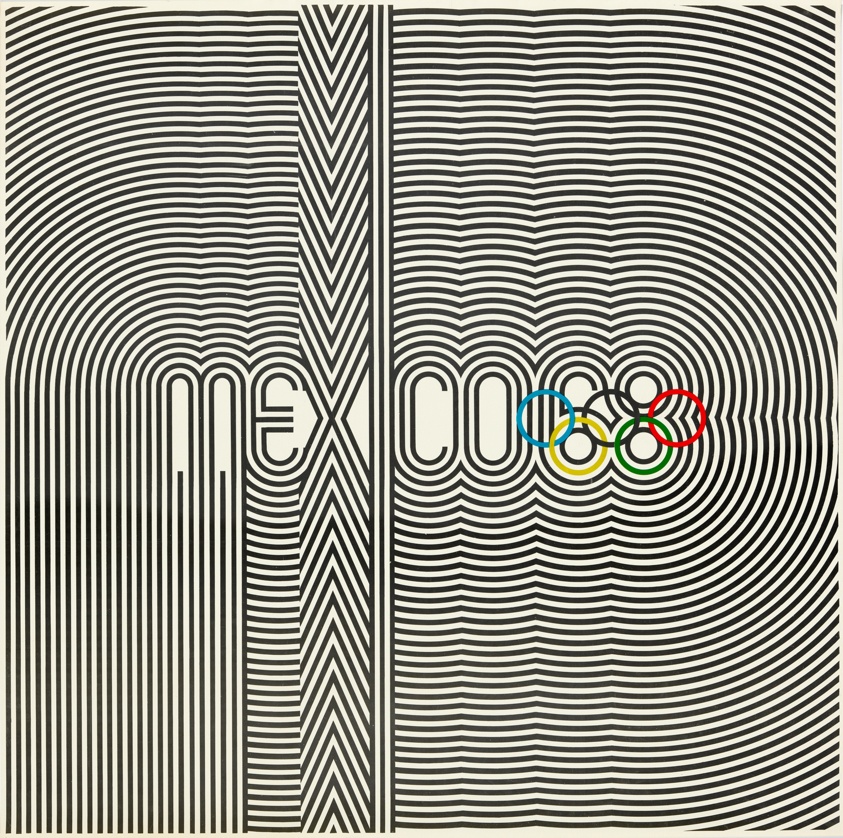
Best in Show: Winter — Sapporo 1972
We love the Sapporo 1972 logo because it’s unlike any other Olympic identity, and it was perfect for its time. With a Bauhaus feel, this mark features the rising sun symbol from the Japanese flag, a stylized snowflake, the Olympic rings, and a single line of text. Despite including only basic elements, the unique stacking and coloring of these elements make this logo one of our favorites.
Best Iconography — Tokyo 2020
The iconography that’s developed alongside Olympic identities changes with the logo, and we wanted to honor an icon system that we think was particularly elegant. The icon set for the Tokyo 2020 games included icons (or pictograms) for each sport, including the five new sports introduced to the Olympics that year. Each icon is skillfully-made and coincides beautifully with the 2020 Olympic logo.
Judge’s Favorite — Munich 1972
A personal favorite that didn’t get identified in any of the above categories, the Munich 1972 logo’s name says it all—”Radiant Munich.” The abstract sunbeams are eye-catching, and the overall brand identity feels both joyful and serene.

Judge’s Least Favorite — Sochi 2014
While this logo was meant to convey sentiments of modernity and the coming digital age, it misses the mark. Suffice to say, there’s a reason that no Olympic logos in the 8 years since have included a URL.
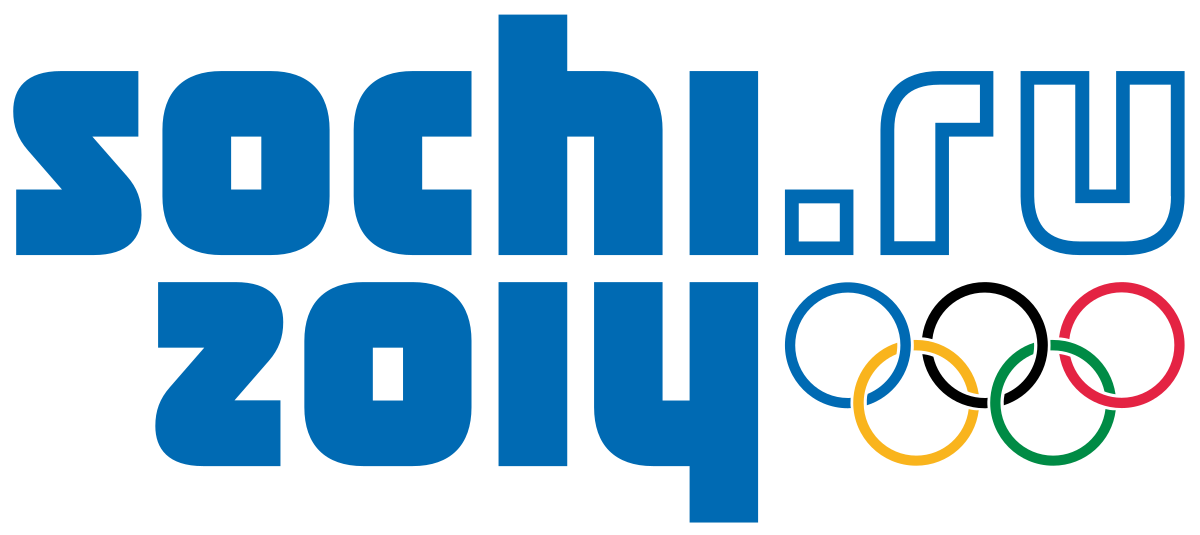
There you have it—our take on some of the best and worst Olympic logos to date. We encourage you to explore all of these logos yourself on the Olympic website, and to explore other opinions like Milton Glaser’s for AIGA.
The logos for the Paris 2022, Milano Cortina 2024, and LA 2028 Games have all been unveiled, but given the controversy over and subsequent redesign of the Tokyo 2020 logo, we’ll wait to grade those logos until their respective Games pass. In the meantime, if you’re in search of a new logo or brand identity, get in touch with the team at Bluetext to learn how we can team up and go for the gold.
Last week the goliath of technology conferences held in the U.S., CES, announced that its January 2022 event will require vaccination proof for in-person attendees. The motivation for the Consumer Technology Association, the show’s organizer, to resume a face-to-face component is strong: exhibitors recognize that generating enthusiasm for new consumer products and technologies through virtually is not nearly as powerful as live demonstrations.
Few in the tech marcomms space have endured a more challenging professional pivot over the past 18 months than those responsible for conference and event strategy and execution – whether it is determining what kind of investments should be made in industry events as well as how to manage their own annual user conferences and smaller events so critical to cultivating customer, prospect and partner relationships.
Pre-pandemic, there was of course no need to make decisions on whether to hold in-person, virtual, or hybrid events — often several months in advance of the event date itself. And through the first 15 months of the pandemic, COVID-19 in effect made the decision for marcomms and event decision-makers as everything shifted to virtual. This was no easy feat but at least the decision was.
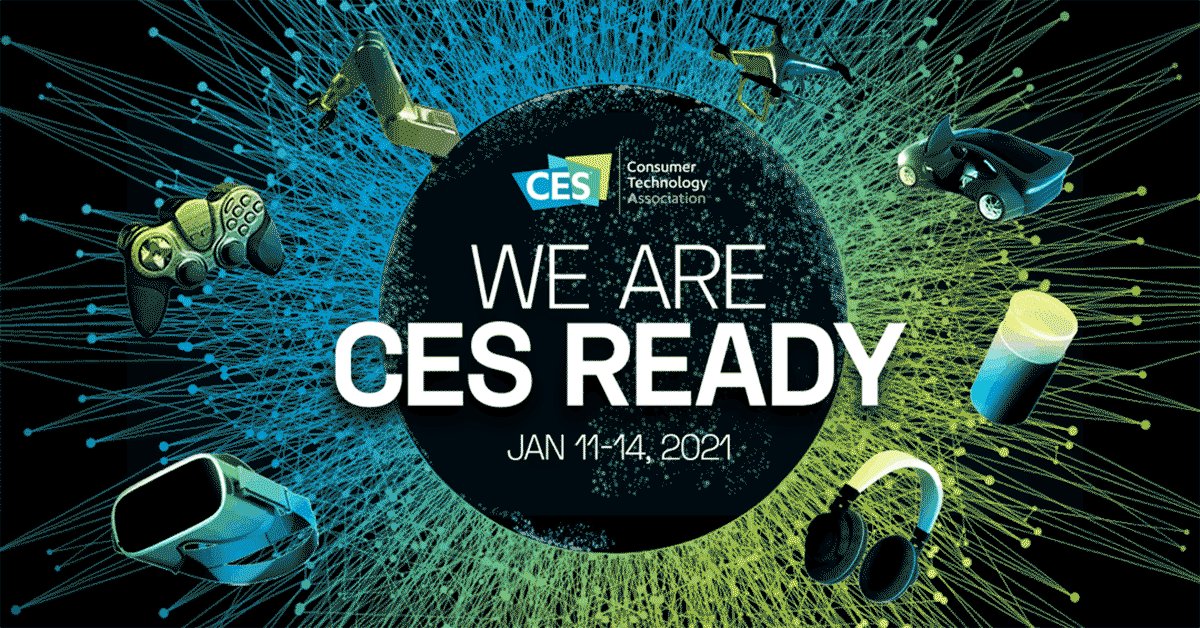
The emergence of the Delta variant, right as tech companies were resuming planning for in-person events, exponentially complicates the decision-making process for the 2021-2022 tech conference strategy. While CES is planning in-person for vaccinated attendees, plans for other events run the gamut. As this Marketwatch article notes, tech companies with large user and developer events are re-assessing given Delta. Salesforce.com’s CRM Dreamforce is still planning for an “in-person experience” for the Fall event, but so many others have already reverted back to virtual or hybrid experiences with a limited in-person component.
As you evaluate your 2021-2022 tech conference and event strategy in light of the Delta variant and other unpredictable developments we should all expect in the months ahead, keep the following strategies in mind:
Look at the event track record
Tech conference organizers that have already executed a virtual event last year during the pandemic offer a track record that can be analyzed when it comes to attendance, engagement, and results. The Marketwatch article raised the valuable point that what virtual events lack in intimacy they make up for in some cases with larger attendance, citing feedback from Juniper Networks that attendance for its virtual Global Summit held in April was more than 2x in-person attendance for recent and similar events. It is of course easier and more cost-effective to hop into a live panel discussion on your laptop at home than it is to fly halfway across the country to attend in-person.
But for every Juniper, there is a Mobile World Congress, which forecast a significant in-person attendance drop for its hybrid 2021 Barcelona event, where the 50,000 in-person attendees expected to attend was half the number compared to its “normal” pre-pandemic numbers.
The more information you have from organizations that have already executed events during the pandemic, the less guesstimating you have to do when it comes to the right investment level for attending, speaking, sponsoring, exhibiting, or skipping altogether.
Track records matter because, with conference and event investments, you can’t just assume that all of the money will be recouped if the in-person event is canceled. There can be a difference between an organizer canceling of its own volition, and an organizer canceling because it is subject to city or state directives that are issued prior to the event. The more confidence you can have in the event organizer, the lower the risk of a negative financial and business outcome.
Size matters
If the pandemic has communicated anything to marcomms professionals it is that bigger isn’t necessarily better. Most attendees are going to baby step back to live events, so going from working from home to a crowded pavilion with 100,000 of your closest friends may be a bridge too far.
Dialing it down from potential ‘super-spreader’ to ‘super-intimate’ events that still allow for facetime but in a more controlled environment with modest numbers of people can support corporate and sales objectives. If you are a tech company evaluating what in-person events to attend, don’t discount these smaller events and if you are an event organizer, converting a large annual event into, for example, quarterly smaller regional events can pay off.
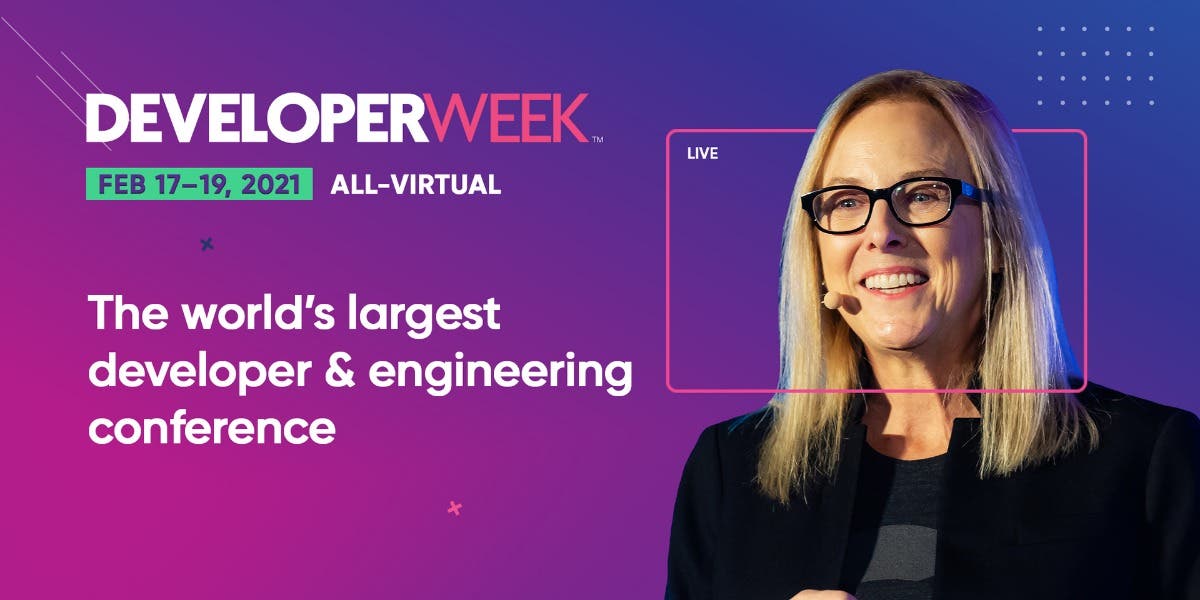
The key for user events is data. You can’t just guess how attendees might act when presented with options between in-person, hybrid, or virtual, or what size of in-person event they might be comfortable with. Survey, survey, and then survey again. External third-party data has value, but you know your customers best and keeping your finger on the pulse of their event and travel preferences is critical.
In its latest PULSE Survey, Northstar Meetings Group found that two-thirds of the 826 respondents will hold their next in-person event in Q3 or Q4 of this year – with half of them requiring attendees to wear masks indoors and 28 percent requiring proof of Covid-19 vaccination. But the survey also reinforces the need for conference organizers and meeting planners to be nimble and resilient in the face of constantly evolving federal, state, and local policies.
Re-imagine your traditional event approach
Pre-pandemic tech conferences and events were far from perfect, which helps explain why many have seen value in the shift – as temporary as it might be – to virtual and hybrid events. Marcomm and conference decision-makers should use the challenging environment as an opportunity to re-imagine traditional approaches.
Virtual and hybrid events unlock new content and access opportunities, new ways to engage with and receive feedback from attendees in real-time to drive experiences not possible with in-person events where individuals are scattered and engagement is harder to measure. While larger tech conferences made great strides in trying to make their events “smaller” when it came to networking rather than releasing thousands of people into venues to try and find each other, the results were imperfect.
Each event model comes with its own challenge. User conference organizers know that while virtual events may be easier for customers to join, they are also easier for them to blow off because it doesn’t require the same level of travel, financial, and planning commitment. Hybrid events create challenges for tech brands unsure of which path provides the better value for lead generation, networking, sponsorships, speaking, and exhibiting. And for all of these models, trying to figure out whether it still makes sense to shell out $20,000 for a sponsored virtual speaking slot in lieu of being on the big stage is no easy task.
When it comes to working with B2B tech PR, B2C tech PR, and B2G tech PR firms, Bluetext has been helping clients navigate tech conference strategy for industry events as well as client user conferences. If you are looking for the right partner to maximize your tech conference investments in the months ahead, contact Bluetext to learn how we can help.